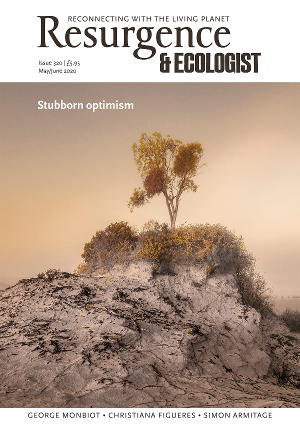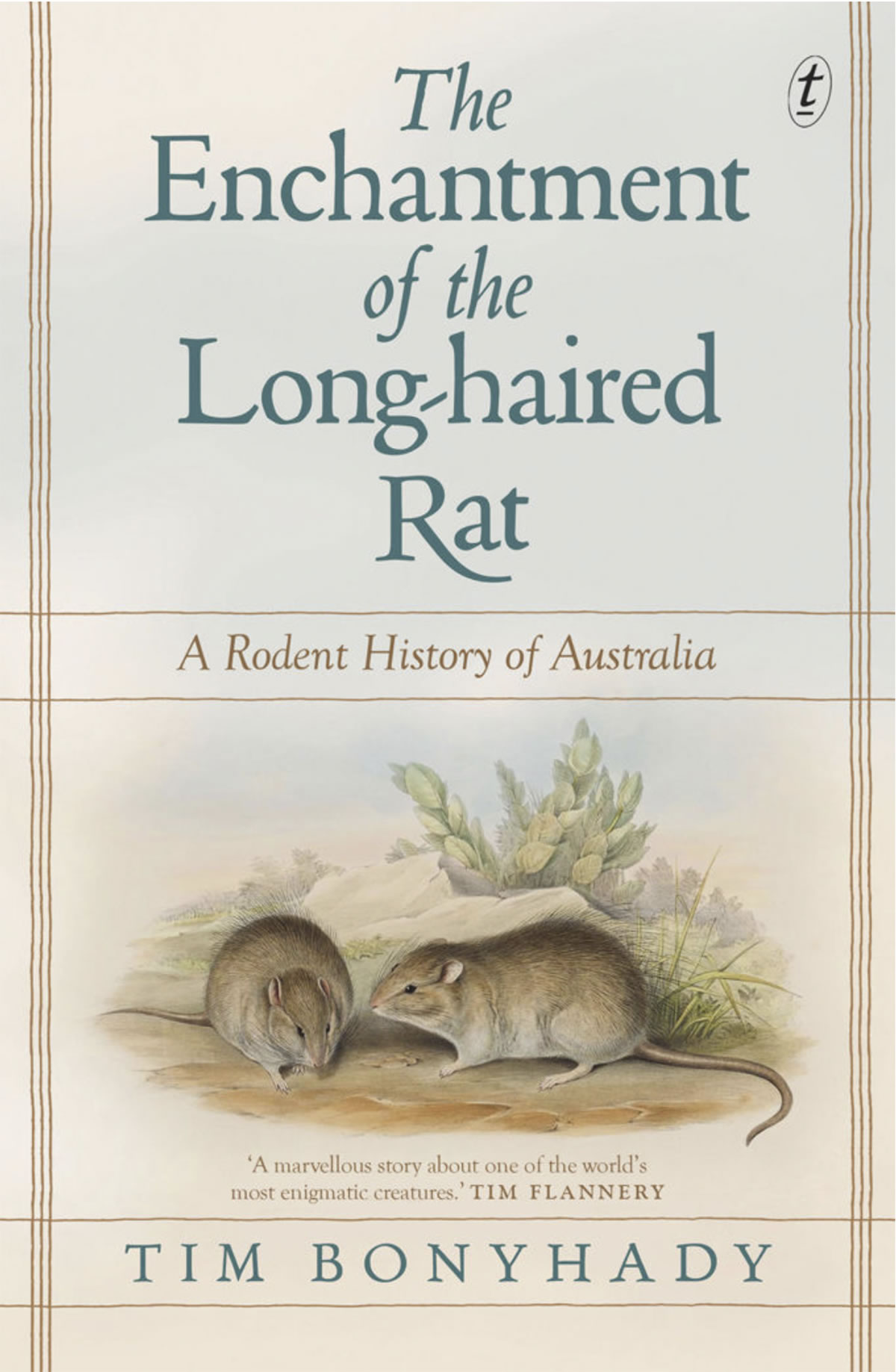The Enchantment of the Long-haired Rat is one of a series of recent books that have entirely redrawn the popular picture of the physical and human geography of Australia. With the unprecedented climate-emergency-fuelled bushfires recently dominating global headlines, Enchantment is a timely reminder that there can seldom, if ever, have been a nation with so little understanding of its own history and physical fabric, or adaptation in its culture to live within its physical realities. It is an ignorance with immensely destructive consequences.
Enchantment is a scholarly but highly readable account not just of the biology of one rodent that occasionally grows explosively in number, but also of its historical interaction with Aboriginal peoples and of the slow uncovering – as late as the last two decades of the 19th century, after its numbers boomed in a long wet period from 1885 to 1888 – of the rodent’s identity and range.
The distribution and basic biology of the mai erri, as many Aboriginal groups across South Australia called the rat, was explained then mostly by self-taught bush naturalists, facing opposition to their accounts from the ‘experts’ in the cities. That the letter-winged kite was nocturnal – unsurprising, with the also largely night-moving long-haired rat being a major food source – was something the bush men observed. Given it is the only raptor of its type that is nocturnal, that the city refused to listen to the bush experience is an unsurprising allegory.
Our continuing ignorance in the following century has less excuse. We need many more books like Enchantment to educate Australians, who were taught at school much that was racist and ecologically ignorant. I was surprised to read that there are about 60 species of non-marsupial rats and mice unique to Australia, having had it drilled into me in childhood that it was only the ‘primitive’ marsupials and monotremes that were native to the southern continent.
We were also taught that the bush was lifeless, barren and dull, but a better term would have been ‘emptied’. Enchantment introduced me to the eastern hare-wallaby, “which had been one of the most common animals on the plains of south-eastern Australia”. The final known example was collected by the rabbit inspector Kenric Harold Bennett (no relation so far as I am aware) for the Australian Museum in 1889.
Modern science is still learning about the long-haired rat. Our knowledge, I learned from Enchantment, has been considerably improved by studies in the 1990s of the cute and charismatic greater bilby, living on the same terrain as the rat in a tiny population in Queensland, having once been found across more than 80% of the continent. I learned too that the famous explorers Burke and Wills – as inept and unjustly celebrated as Captain Scott at the South Pole – might well have survived had they eaten the long-haired rat, as the Aboriginal peoples did. That might be taken as a metaphor for the two centuries of colonial occupation of Australia, the occupation that Enchantment looks at with such an informed and critical eye.
But this isn’t just an account of historical curiosity. As unlikely as it currently looks politically with the Morrison government, this new perspective needs to inform the behaviour of Australians today, in this age when the ecological destruction of two centuries is becoming undeniable and increasingly deadly.








